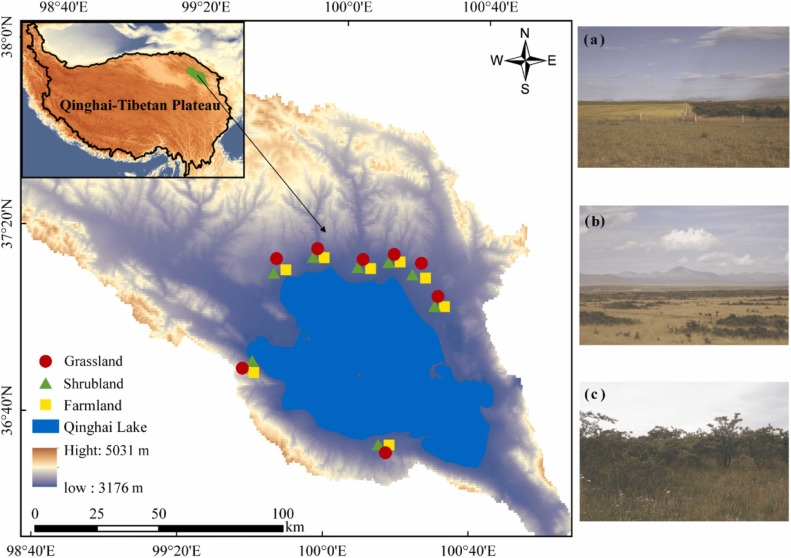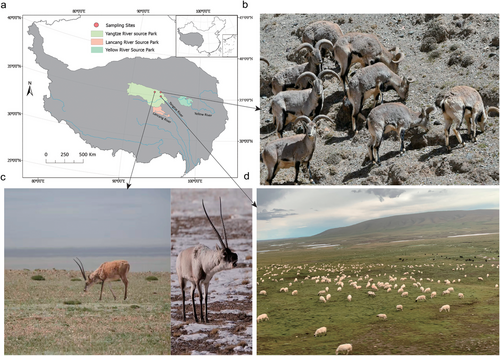A high-quality chromosome-level reference genome assembly of Tibetan antelope (Pantholops hodgsonii)

November 13, 2024 Tibetan antelope, a wild ruminant endemic to the Qinghai-Tibetan Plateauin China, has evolved a series of genetic and physiological adaptation strategies to thrive in the harsh plateau environments.
Soil microbial network complexity predicts soil multifunctionality better than soil microbial diversity during grassland-farmland-shrubland conversion on the Qinghai-Tibetan Plateau

November 12, 2024 In this study, we evaluated the effects of land-use changes from alpine grassland to farmland to shrubland on soil factors and soil microbial characteristics and investigated the associations between aboveground bioma...
Integrated ultrasensitive metabolomics and single-cell transcriptomics identify crucial regulators of sheep oocyte maturation and early embryo development in vitro

September 05, 2024 Developmental competence of oocytes matured in vitro is limited due to a lack of complete understanding of metabolism and metabolic gene expression during oocyte maturation and embryo development.
Rapid screening of potential α-glucosidase inhibitors from the waste leaves of Rheum tanguticum by activity-oriented extraction and enrichment optimization, UPLC-QTOF-MS/MS, molecular docking and in vitro validation

August 15, 2024 In the present study, an efficient strategy has been established for rapid screening of potential α-glucosidase inhibitors from the waste leaves of Rheum tanguticum by activity-oriented extraction and enrichment opti...
Multi-omics reveal the gut microbiota-mediated severe foraging environment adaption of small wild ruminants in the Three-River-Source National Park, China

July 25, 2024 The Tibetan antelope, blue sheep, and Tibetan sheepare the dominant small ruminants in the Three-River-Source National Park.
